



According to the 2025 UNEP report, around 391 million hectares of tropical forests—home to 53 million people—are at high risk of loss due to agriculture expansion, fires, mining, and climate change. These forests play a vital role in carbon storage, water regulation, and biodiversity. Despite global conservation efforts like REDD+ and the Bonn Challenge, deforestation continues at nearly 10 million hectares annually, threatening both ecosystems and livelihoods. Strengthening forest governance, promoting sustainable land use, and empowering local communities are essential to balance development with conservation.

Copyright infringement not intended
Picture Courtesy: Down to Earth
According to a 2025 report by the United Nations Environment Programme (UNEP), around 391 million hectares of tropical forests—nearly one-fourth of the world’s total 1.6 billion hectares of tropical forest area—are at high risk of deforestation. These forests support approximately 53 million people living within 5 km of forest zones.
Tropical forests are dense, warm, and wet forests located near the Equator, typically between the Tropic of Cancer and the Tropic of Capricorn. They are characterized by high rainfall (over 2000 mm annually) and consistent temperatures (25–30°C) throughout the year.
Tropical forests play a critical role in climate regulation, carbon storage, water security, and livelihoods. They absorb nearly 13.1 ± 1.4 gigatonnes of CO₂ annually, which is about half of the world’s fossil fuel emissions.
They also:
(Source: UNEP, 2025 – “High-risk forests, high-value returns” report)
|
Measure / Initiative |
Description & Actions Taken |
Example Countries / Regions |
Scale / Impact (with Data) |
Source |
|
1. Tropical Forests Forever Facility (TFFF) |
Global blended-finance fund rewarding countries for forest protection and penalizing deforestation; supports local and Indigenous communities. |
Brazil (G20 initiative, 2025) |
US $125 billion target fund; Brazil contributed US $1 billion to start. |
gov.br, Reuters |
|
2. Debt-for-Nature Swaps |
Countries reduce foreign debt by committing funds for forest conservation and restoration. |
Indonesia, Peru, Philippines |
Indonesia conserved 9 million ha of forest under the U.S. TFCA; Peru allocated $20 million for Amazon protection. |
home.treasury.gov, nature.org |
|
3. REDD+ (Reducing Emissions from Deforestation and Forest Degradation) |
Provides financial incentives for verified emission reductions through sustainable forest management. |
Over 60 tropical countries |
Over 11 billion tCO₂e reductions reported since 2010; billions in payments mobilized. |
cbd.int |
|
4. Forest-PLUS 3.0 (India) |
Strengthens monitoring, traceability, and restoration using mobile apps, remote sensing, and community engagement. |
India |
Expected to enhance protection of 2.5 million ha of forest land. |
outlookbusiness.com |
|
5. Southeast Asia and Pacific Forests Integrated Program |
Regional collaboration for forest connectivity, biodiversity, and local livelihood improvement. |
Indonesia, Papua New Guinea, Pacific nations |
USD $42 million investment to conserve tropical forests and promote sustainable use. |
indonesia.un.org |
|
6. Indigenous Land Rights & Community Forest Governance |
Empowering Indigenous and local communities to manage forests sustainably. |
Suriname, Brazil, Peru |
Suriname pledged to permanently protect 90% of its forests, exceeding 30×30 target. |
apnews.com |
|
7. EU FLEGT Action Plan |
Bans import of illegal timber; strengthens forest governance in source countries. |
EU, African and Asian timber exporters |
Implemented with 15 partner countries; improved legal timber exports. |
Wikipedia |
Source: Down to Earth
|
Practice Question Q. “Protecting tropical forests is not only an ecological imperative but also an economic necessity.” Discuss with reference to recent UN findings. (150 words) |
Tropical forests are dense forests located near the equator, characterized by high rainfall and biodiversity. They cover about 1.6 billion hectares globally and store nearly 40% of terrestrial carbon, making them vital for climate regulation, biodiversity, and livelihoods.
The world loses around 10 million hectares of tropical forests annually, equivalent to the size of South Korea.
These are forest areas that have high carbon storage potential, valuable ecosystem services, and a high likelihood of deforestation. They cover around 391 million hectares and support 53 million people living nearby.

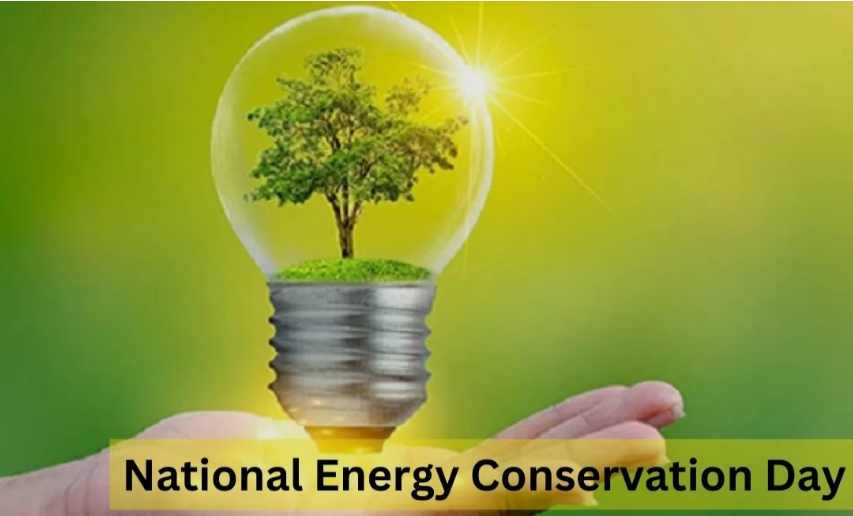
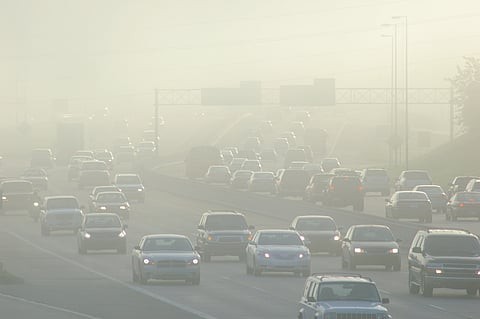
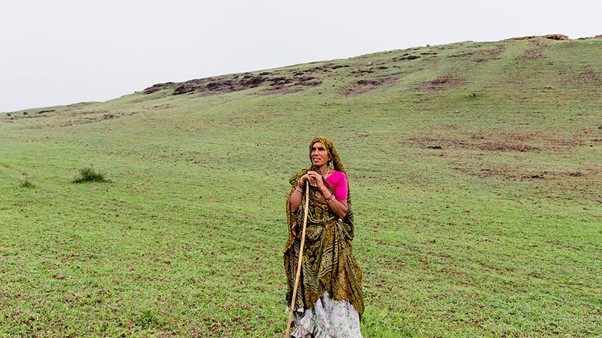
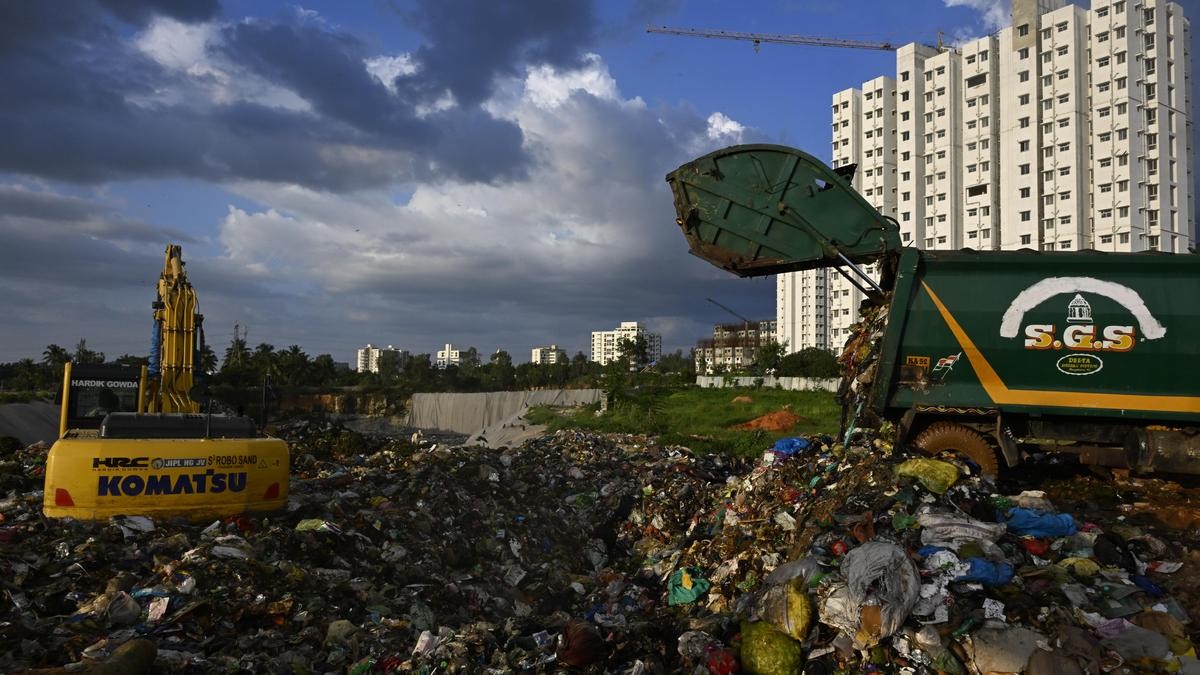
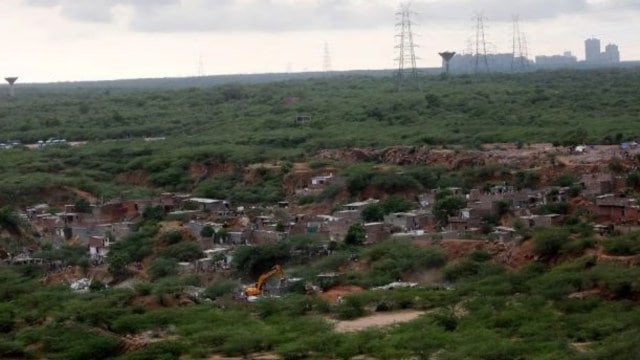

© 2025 iasgyan. All right reserved